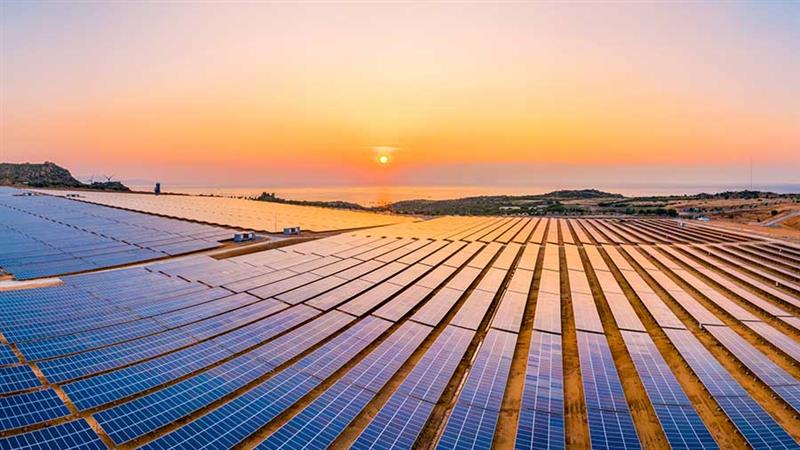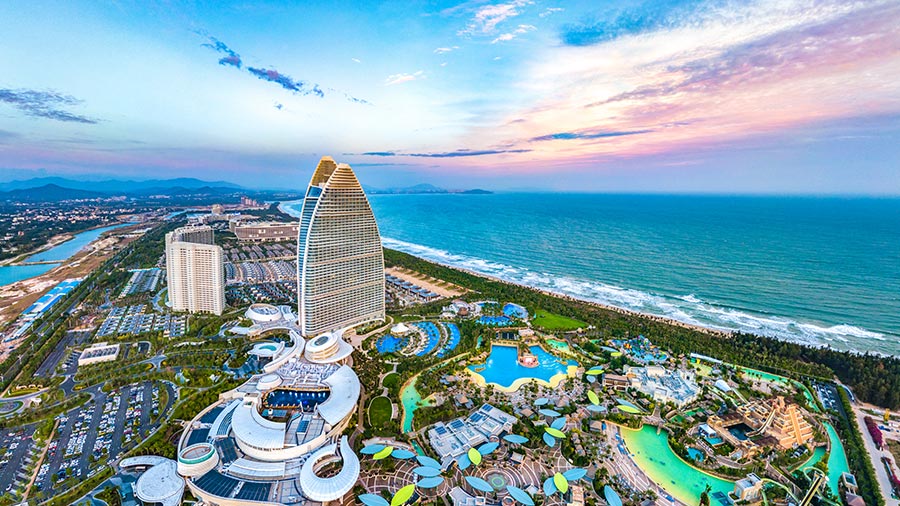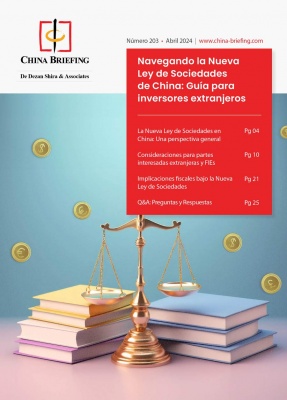The Cost of China’s Stimulus Plan? Its Railway Network

Op-Ed Commentary: Chris Devonshire-Ellis
Feb. 4 – Mixed signals from China are nothing new. However, recent statements by the Chinese government that the economy can “afford” to deal with asset bubbles seem to be perhaps rather optimistic. While the asset bubbles themselves – mainly in the property and stock market sectors – have been fueled in the most part by the stimulus plan, one has to caution as to the wisdom of this. Providing cheap money for loans has largely resulted in massive speculation in China in property, stocks and shares, and fueled the much lauded boom in domestic auto sales. The cost however, is rather more than dealing with a number of bubble economies.
Property prices, stocks at record highs and a surge in auto sales do not seem either particularly desirable or sustainable in the longer term. China has wasted a great deal of money in purchasing goods and products with little long term wealth creation. This has largely been at the expense of rather more worthy and longer-term investments. This begins to hit home when one considers the state of financing for the development of China’s railway network.
Very much a pillar of China’s development strategy, the central government declared several years ago that it was building a network to rival the United States and nine north-south lines and nine west-east lines would interconnect all major cities. Pretty much all cities would be within a minimum two hour journey time of the next largest. The plan was to assist with the development of China’s central and western regions and to provide better access to markets across China’s borders – Vietnam, India, and to the west, Kazakhstan, Pakistan and even to Afghanistan. Indeed, China laid enough new rail track last year – some 9,524 kilometers of it – to stretch from Beijing to Moscow. Spending on rail construction reached US$88 billion in 2009.
However, against these impressive statistics lies a different story. Work on the high-speed Shanghai-Hangzhou line was delayed due to financing problems. High speed tracks cost three times more than conventional rail, and local governments are leery of spending money on projects that do not show an immediate GDP growth return on investment. China’s banks have been squeezed by having to increase their debt financing to two-thirds of the total cost for rail projects, yet at the same time having to increase the amount of liquid capital reserves held against debt. This means that money is becoming tight for the financing of China’s national rail network. The Ministry of Railways has already announced a slowdown in the amount of track to be laid this year, down by just under a third to 6,840 kilometers. The amount of stimulus package that went into rail is also looking inadequate to keep up with the government’s plans. A further investment of some US$308 billion is required to complete the current 33,000 kilometers of track still under construction, in addition to the US$220 billion already spent as part of the stimulus plan. China simply doesn’t have the money.
What this means is that rail investments will slow, and projects will be delayed or even canceled. While China’s urban population may be causing traffic jams in new cars, and the prices of Chinese stocks are creeping upwards, the rail network is about to enter a period of decline. China will need to change its debt financing program in order to attract money into rail and ticket prices also will have to rise. Both are political problems. China has long viewed its rail network as a state asset, and is reluctant to introduce private equity into it. Migrant workers meanwhile, so much the backbone of China’s construction boom, are being priced off the railways. A second class ticket on the new high speed Guangzhou-Wuhan service costs RMB490, a month’s wage for many. China’s expenditure in the fiscal stimulus plan may well have benefited the urban population in purchases of new cars and apartments, but the true extent of what that has meant has far more serious implications for the nation’s national infrastructure developments. Once again, the onus on short term development has been at the expense of long term infrastructure improvements. China as a result will be hard pressed to maintain its goal of 8 percent to 10 percent growth when rail projects are being postponed due to lack of funding.
Chris Devonshire-Ellis is the principal and founding partner of Dezan Shira & Associates, establishing the firm’s China practice in 1992. The firm now has 10 offices in China. For advice over China strategy, trade, investment, legal and tax matters please contact the firm at info@dezshira.com. The firm’s brochure may be downloaded here. Chris also contributes to India Briefing , Vietnam Briefing , Asia Briefing and 2point6billion
- Previous Article Corporate Tax for Construction Companies Clarified
- Next Article Individual Income Tax Treatment for Annuity Contributions
























